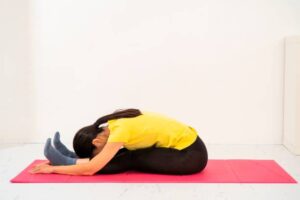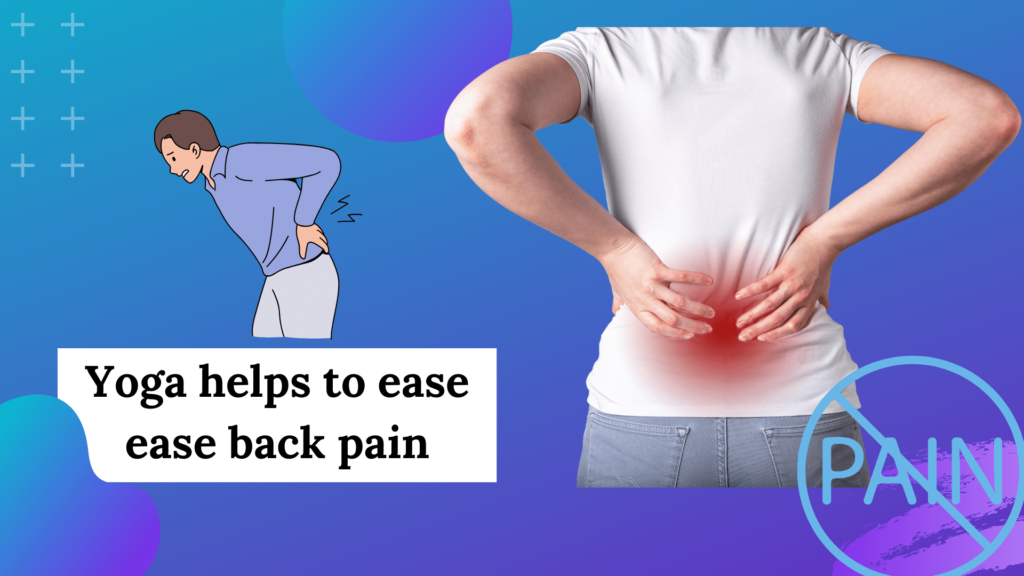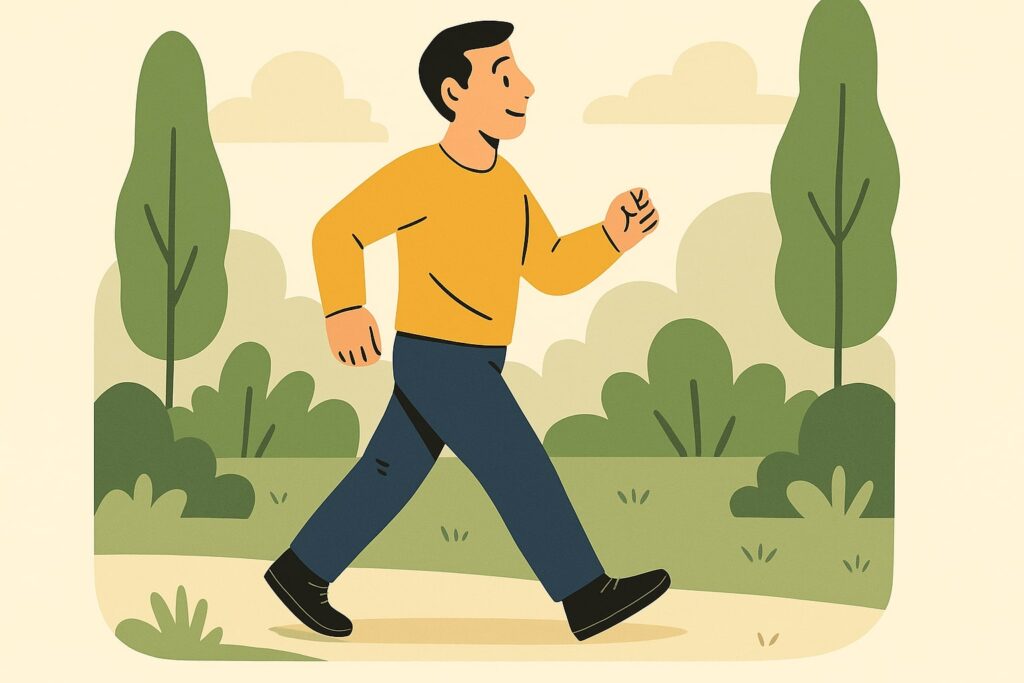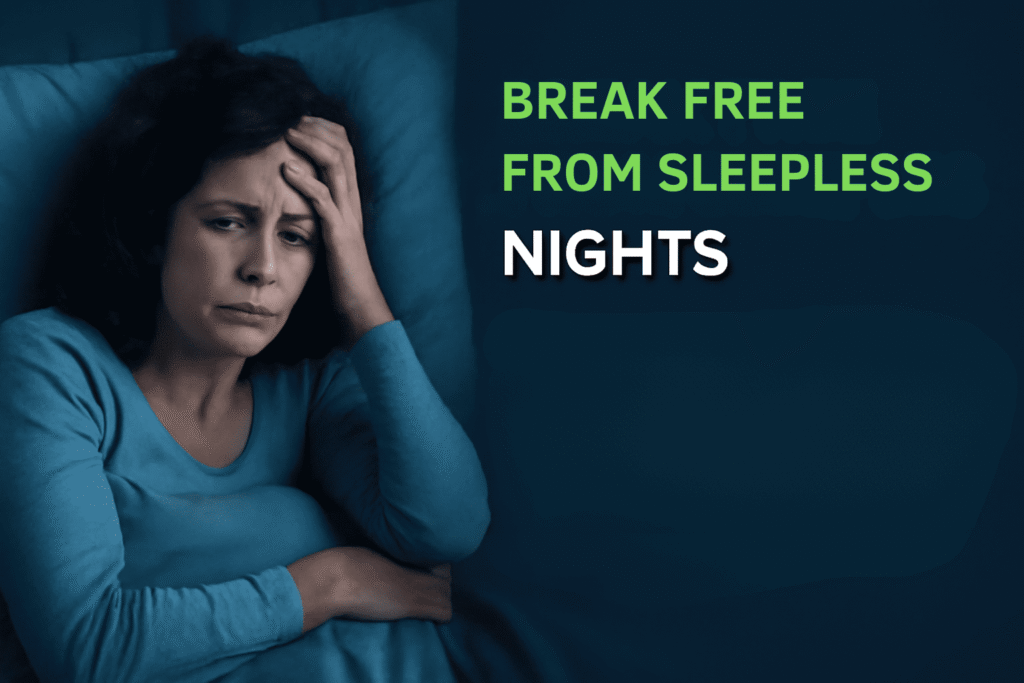Index of Contents
ToggleIntroduction
Lower back pain is one of the most common reasons people visit doctors and miss work. It’s estimated that up to 80% of adults experience lower back pain at some point in their lives. Lower back pain can range from a dull, constant ache to a sudden, sharp pain. It may be classified as acute (lasting less than 6 weeks), subacute (6 to 12 weeks), or chronic (more than 12 weeks).
Lower back pain often originates from muscle strain or injuries to ligaments, joints or discs in the lumbar spine. Factors that can increase the risk of developing lower back pain include poor posture, lack of exercise, arthritis, obesity and psychological stress. While lower back pain sometimes goes away on its own, it can linger and become a recurring problem if the underlying causes are not addressed. Persistent lower back pain can greatly reduce one’s quality of life by limiting mobility, flexibility and the ability to complete daily activities.
Causes of Lower Back Pain
Lower back pain can stem from various underlying issues involving the muscles, bones, joints, or nerves in the lumbar region of the spine. Some of the most common causes include:
Muscle strain – Overuse, improper lifting, lack of strength, or sudden movements can lead to strained muscles in the back. Muscle tension and spasms may occur as the body tries to stabilize the area.
Herniated discs – Discs act as cushions between the vertebrae. A herniation occurs when a disc’s outer layer tears, allowing the gel-like center to bulge out. This can put pressure on nearby nerves, resulting in pain.
Arthritis – Osteoarthritis of the spine can lead to the breakdown of cartilage and bone spurs that narrow the space around the spinal cord and nerves. Rheumatoid arthritis can cause inflammation and joint damage.
Skeletal irregularities – An abnormally curved spine (scoliosis, lordosis, kyphosis) or vertebrae that slip out of place can alter proper spine alignment and mobility, leading to pain.
Spinal stenosis – Narrowing of the spinal canal that houses the spinal cord and nerves often occurs with aging. This exerts pressure on the nerves and can cause cramping, numbness or weakness in the back and legs.
Osteoporosis – Weak, porous bones that develop with osteoporosis are at higher risk for compression fractures and microfractures in the vertebrae. This can contribute to chronic lower back pain.
Poor posture – Slouching, hunching over, or strain from sitting improperly for prolonged periods can increase pressure on the spine and supporting muscles, resulting in discomfort.
How Yoga Can Help With Lower Back Pain
Yoga is an excellent way to help relieve lower back pain and improve flexibility. Here are some of the main benefits of yoga:
-
- Improved Flexibility
Yoga incorporates poses and stretches that lengthen the muscles and improve range of motion. This can help reduce tightness and tension in the back that contributes to pain. Practicing yoga regularly can make the back muscles more flexible and less prone to injuries.
-
- Strengthening Muscles
Yoga helps strengthen core muscles like the abdominals and back extensors. It also works smaller stability muscles along the spine. Building muscle strength provides more support for the back and can help improve posture. This takes pressure off the lower back.
-
- Reduced Stress
Mental stress often manifests physically as muscle tension. Yoga’s focus on controlled breathing and meditation helps induce relaxation. This can relieve muscle tightness caused by stress. Reducing stress levels can alleviate flare ups of back pain.
-
- Body Awareness
Yoga teaches awareness of body positioning and mechanics. This helps recognize harmful movements that strain the back. With this awareness, you can then adjust positions to keep the back in proper alignment and avoid injury.
Overall, yoga’s combination of improved flexibility, strengthened muscles, reduced stress, and body awareness work together to relieve lower back pain. A regular yoga practice can help manage back pain in the long-term.
Yoga Poses for Back Pain
Certain yoga poses can provide relief for lower back pain by stretching and strengthening the muscles that support the back and spine. Here are some of the most effective yoga poses for back pain:
Cat/Cow Pose
The cat/cow pose gently stretches and mobilizes the spine. To do this pose:
-
- Get on your hands and knees with a flat back. Keep your knees hip-width apart and hands shoulder-width apart.
-
- Inhale and arch your back, lifting your head upwards (cow pose).
-
- Exhale and round your back, bringing your chin towards your chest (cat pose).
-
- Repeat this move 5-10 times, syncing the arching and rounding of your back with your breath.
Child’s Pose
Child’s pose provides a gentle stretch that relieves pressure on the lower back. To do this pose:
-
- Kneel on the floor with your big toes touching behind you.
-
- Sit back on your heels and separate your knees hip-width apart.
-
- Fold your torso between your thighs, bringing your forehead down to rest on the floor and reaching your arms forward.
-
- Hold this pose for 30 seconds or longer, breathing deeply.
Knees to Chest
Drawing your knees into your chest helps alleviate lower back pain. To do this pose:
-
- Lie on your back and bring your knees up toward your chest.
-
- Grasp the front of your shins just below your knees.
-
- Gently pull your knees in closer while keeping your upper back relaxed on the floor.
-
- Hold for 30 seconds, breathing deeply in and out.
Bridge Pose
Bridge pose strengthens the back muscles. To do this pose:
-
- Lie on your back with your knees bent and feet flat on the floor, hip-width apart.
-
- Keep your arms at your sides, palms down.
-
- Inhale, press your feet into the floor and lift your hips up towards the ceiling.
-
- Clasp your hands together beneath your back to help support the posture.
-
- Hold for 30 seconds, breathing deeply.
-
- Exhale and lower your hips back down slowly.
Beginner Poses
When starting out, it’s important to focus on gentle, basic poses that get you accustomed to yoga. These poses gently stretch and strengthen the back and core muscles without overexerting beginners.

Some great beginner poses for lower back pain include:
-
- Cat Cow Pose – Get on your hands and knees, then slowly arch your back up toward the ceiling into cow pose. Next, arch your back down toward the floor into cat pose. Repeat 5-10 times. This gently mobilizes the spine.
-
- Child’s Pose – Kneel with knees hip-width apart, then sit back toward your heels and lay your chest down onto your thighs. Reach your arms forward. Hold for 30 seconds. This pose gently stretches the lower back.
-
- Knee to Chest – Lay on your back and hug one knee into your chest. Hold for 30 seconds, then switch sides. This brings circulation and mobility to the lower back.
-
- Pelvic Tilts – Lay on your back with knees bent and feet flat. Tuck your tailbone under to flatten your back, then arch your back up. Repeat 5-10 times. This strengthens the core and improves lower back mobility.
-
- Bridge Pose – Lay on your back with knees bent and arms at your side. Lift your hips up into a bridge, squeezing your glutes. Hold for 30 seconds. This gently strengthens the back muscles.
Stick with these basic poses at first, holding each for 30 seconds to 1 minute. Over time, work your way up to more challenging poses as your body adapts and gets stronger. But always listen to your body and don’t overdo it.
Advanced Poses
More challenging poses like Wheel Pose (Urdhva Dhanurasana), Upward Facing Bow (Urdhva Mukha Dhanurasana), and Extended Side Angle Pose (Utthita Parsvakonasana) require strength and flexibility to perform safely. These poses are not recommended for beginners, but can provide therapeutic benefits for the back when done with proper alignment under the guidance of an experienced teacher.
The Wheel Pose strengthens the back muscles while stretching the front of the torso. Start on your back with knees bent and feet flat. Place your hands beside your head, palms down. Press into your feet and hands to lift your torso off the ground. Clasp your hands behind your back and roll shoulders down. Avoid overarching the low back. Hold for 5-10 breaths.
Upward Facing Bow similarly opens the front body while engaging the back. From a prone position, stretch arms back alongside your body. Inhale and lift your head, chest, arms and legs up. Maintain length in the lower back. Hold for a few breaths then lower with control.
Extended Side Angle Pose stretches the sides of the torso and strengthens the legs. From Downward Facing Dog, step your right foot forward. Bend your right knee over the ankle. Reach your left arm up and right arm down alongside your leg. Take 5-10 breaths before switching sides.
When done mindfully, these more challenging backbends and stretches can increase flexibility and provide relief, but they require careful preparation to avoid injury. Always listen to your body.
Yoga Style Recommendations
When it comes to yoga for back pain relief, certain styles stand out for their focus on proper alignment, gentle stretching, and therapeutic postures. Here are some top recommendations:
Hatha Yoga
Hatha yoga is one of the most popular and gentle styles, perfect for beginners. It focuses on basic postures to stretch and strengthen the body. Poses are held for longer durations with relaxed breathing. This helps release muscle tension, improve flexibility, and relax the mind. Hatha classes are readily available and great for relieving back pain.
Iyengar Yoga
Iyengar emphasizes precision and alignment in poses. Props like blocks, straps, and blankets are used to support the body. This protects the back by avoiding strain or improper form. Iyengar builds core strength and improves mobility. The attention to detail makes it therapeutic for reducing back pain.
Viniyoga
Viniyoga is a highly adaptable style tailored to each student’s condition and needs. Classes are often one-on-one with a teacher. They design sequences to target back pain and recover mobility. Emphasis is placed on proper breathing and correct posture alignment. Viniyoga is ideal for those seeking a personalized therapeutic program.
Additional Tips
Proper form is crucial when doing yoga poses to relieve back pain. Pay close attention to alignment and engage the proper muscles. Avoid “collapsing” into poses. Go slow and focus on stability and control. If a pose hurts, come out immediately.
Modifying poses is perfectly acceptable and often necessary, especially for beginners or those with injuries. Don’t push too far into a pose if it causes pain. Try a simpler variation instead. For example, do Supine Twist with knees bent if it’s too difficult to do with straight legs.
Props like blocks, straps, and bolsters can help you get into poses properly and provide support. If you can’t reach the floor in Forward Fold, put blocks or books under your hands. Use a strap around your feet in Happy Baby pose if you can’t reach your toes. Place a bolster under your knees in Supine Twist for comfort.
Proper alignment, control, and modifications will allow you to practice safely. Listen to your body and don’t neglect props that can help you find the right positioning. With practice and patience, yoga can be extremely beneficial for back pain relief.
Conclusion
Yoga is an excellent way to help relieve lower back pain and improve flexibility in a gentle, low-impact manner. This article has covered the main causes of back pain, explained how yoga can help, and provided examples of beginner and advanced yoga poses that specifically target back pain relief.
The benefits of yoga for back pain are numerous. Yoga increases flexibility in the back and hips, strengthening core muscles to better support the spine. It improves posture and body alignment. Yoga helps relax tight muscles that can cause back pain. And it reduces stress, which can exacerbate pain.
Hopefully this article has provided ample evidence that yoga is an effective solution for back pain that also offers whole-body benefits. The best part is that yoga can be modified to suit all fitness levels. You don’t need to be super flexible or strong to start – beginner poses are accessible to people of all abilities.
If you suffer from chronic back pain or discomfort, consider giving yoga a try. Take it slowly, be gentle with your body, and don’t push too far into any poses. Work with a knowledgeable instructor if possible. With regular practice, you may find significant relief from lower back pain and move more freely. Yoga is a sustainable, holistic approach that can improve your quality of life long-term.
References
This article summarizes research on the benefits of yoga for lower back pain relief and flexibility improvement. The key studies referenced include:
-
- A 2020 randomized controlled trial published in the Annals of Internal Medicine that compared yoga to physical therapy for chronic low back pain. Researchers found a statistically significant improvement in pain and functionality scores for the yoga group after 12 weeks.
-
- A literature review in the Journal of Pain Research that analyzed findings from over 10 clinical trials on yoga for low back pain. The review concluded that yoga can reduce pain and disability, with benefits seen in as little as 4 to 6 weeks.
-
- A large UK survey published in the British Journal of Sports Medicine that examined why people with back pain choose yoga as a treatment option. Over 75% of respondents cited increased flexibility as a primary motivator.
-
- A meta-analysis in Complementary Therapies in Medicine that pooled data on pre-post changes in flexibility among yoga participants. On average, studies showed a 19.5% improvement in flexibility after 8 weeks of yoga.
-
- An article in the Annals of Internal Medicine that looked at the mechanisms behind yoga’s effects on back pain. It found yoga can improve muscle activation patterns and increase core strength.
The statistics on the prevalence of back pain and recommendations for managing it with yoga also draw on data from the National Institutes of Health and the American College of Rheumatology.



